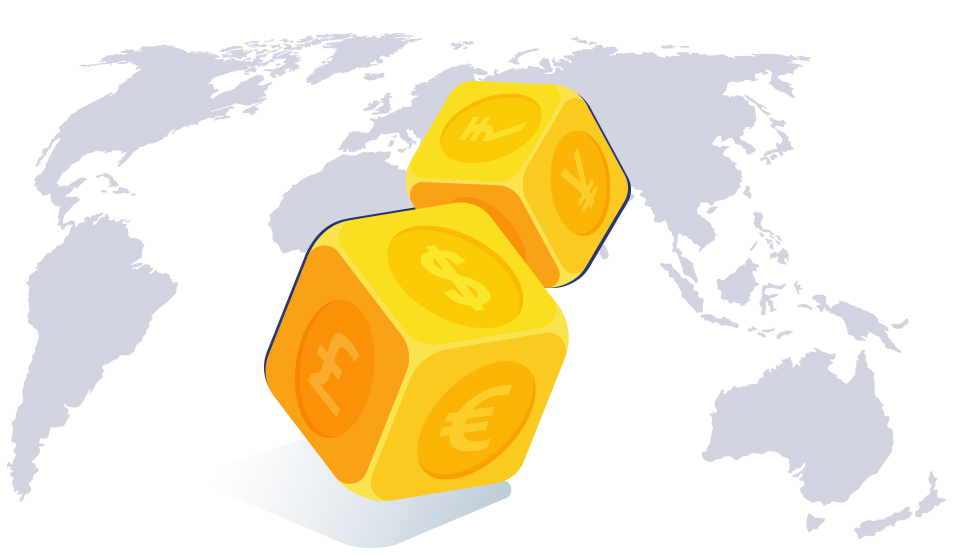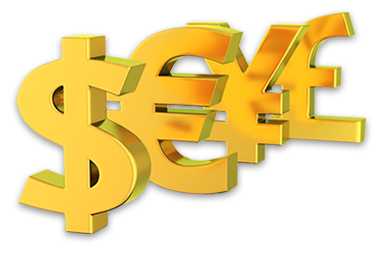Get our app!
DownloadForex

FXORO Global offers an array of tradable CFD’s currency pairs ranging from major and more popular pairs, to exotic currencies that are far less common. Most people are unaware that the Forex market is 10 times larger than any stock market, accommodates a daily trade of over £4 trillion and presents endless opportunities for individual traders. It is by far the largest market of the world. The Forex (abbreviated for Foreign Exchange) is not a centralized market unlike stocks or futures. The Forex operates through a global network of banks, corporations and individuals trading one currency against another. As Forex is available on numerous exchanges across the globe, traders can take advantage of this market, which is open on a 24/5 hour basis.
ADVANTAGES OF FX TRADING
Over 60 currency pairs 24 hours a day, 5 days a week
Deep liquidity, stable prices and low spreads
Margin trading
FX trading tools
FXORO Global provides a number of educative tools in order to allow traders to access the market and take the best possible investing decisions in the best possible conditions.
YOUR DIRECT ACCESS TO THE MARKET WITH FXORO GLOBAL
As a leading regulated broker, we offer full access to the FX Markets via the traders’ favorite platform, MetaTrader4 which can be accessed either downloaded, via the web or by mobile. Our customized technology gives you instant, flexible trading capabilities and in-depth intelligence to inform your strategy. As mentioned above, no fees or hidden commissions are being added when you trade FX with FXORO Global. With our tailored customer service, we are confident that you will receive the best possible experience.

Trading is risky.
| Shares | Sell | Buy |
|---|---|---|
|
EURUSD
+0.38%
|
1.17393
|
1.17393
|
|
GOLD
+2.17%
|
4299.20
|
4299.68
|
|
OIL
-1.56%
|
57.44
|
57.48
|
|
GER40
+0.46%
|
24249.50
|
24252.50
|
| Shares | Sell | Buy |
|---|---|---|
|
EURUSD
+0.38%
|
1.17393
|
1.17393
|
|
GBPUSD
-0.11%
|
1.33664
|
1.33664
|
|
EURGBP
+0.52%
|
0.87831
|
0.87831
|
|
USDJPY
-0.08%
|
155.880
|
155.881
|
|
USDCAD
-0.19%
|
1.37662
|
1.37666
|
| Shares | Sell | Buy |
|---|---|---|
|
NAS100
-1.82%
|
25210.25
|
25211.75
|
|
GER40
+0.46%
|
24249.50
|
24252.50
|
|
US30
+1.87%
|
48476.50
|
48480.50
|
|
US500
-0.22%
|
6831.13
|
6832.63
|
| Shares | Sell | Buy |
|---|---|---|
|
GOLD
+2.17%
|
4299.20
|
4299.68
|
|
OIL
-1.56%
|
57.44
|
57.48
|
|
NGAS
-9.93%
|
4.107
|
4.125
|
|
COPP
+0.65%
|
5.2798
|
5.2843
|
|
COFF
+0.60%
|
369.33
|
369.83
|
